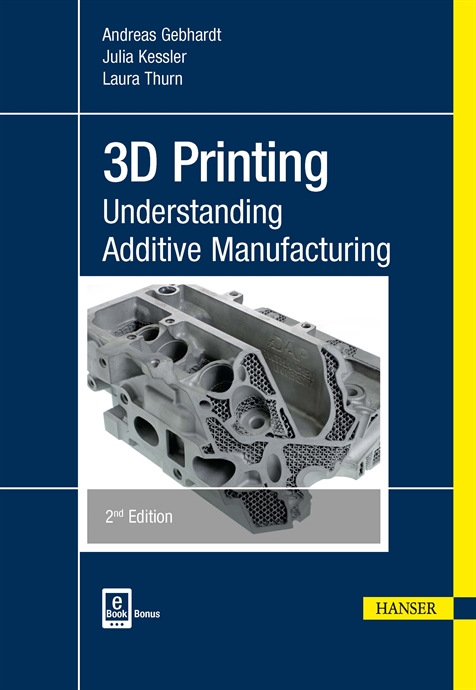NEW YORK—Additive manufacturing has reached many food markets, so it is no surprise that companies like Hershey, Nestlé, Mars Inc. and Mondelez International have been experimenting with 3D-printed chocolate for the last few years to bring more creativeness and innovation to the industry.
According to 3Dprint.com, most chocolate 3D printers work with CAD files, just like as a normal 3D printer. Instead of a filament, however, the printers use a loaded syringe that keeps the chocolate at temperature as it gets extruded. The extruder head moves around and lays down the melted chocolate with the shape desired in layers. Eventually, the chocolate cools and becomes solid.
As for challenges, manufacturers need to be aware that 3D-printed chocolate can lose its shape due to temperature and gravity, and that milk, dark and white chocolate all have different viscosities. Because of this, experts recommend using a high-quality and machine-tempered chocolate like Belgian dark chocolate for the best results.This type of chocolate also has higher levels of cocoa solids.
Tempering is very important to preparing the chocolate for 3D printing. In some cases, people have added significant amounts of pectin to try to make 3D printing of chocolate easier.
Although chocolate 3D printers aren’t suitable for mass production yet, they are perfect for those who want to try them out, customize chocolate or just design new shapes. To print complex models, equipment suppliers recommend that users reduce the printing speed so the chocolate has more time to dry and harden before the next layer can be built.





